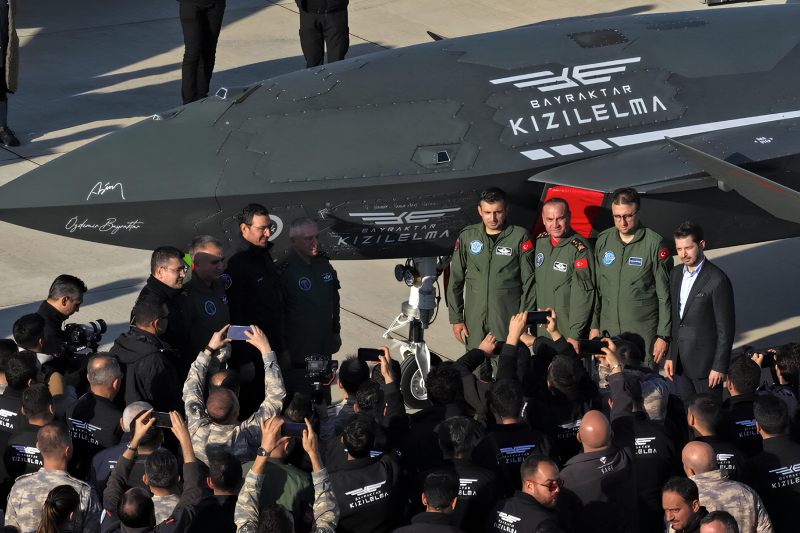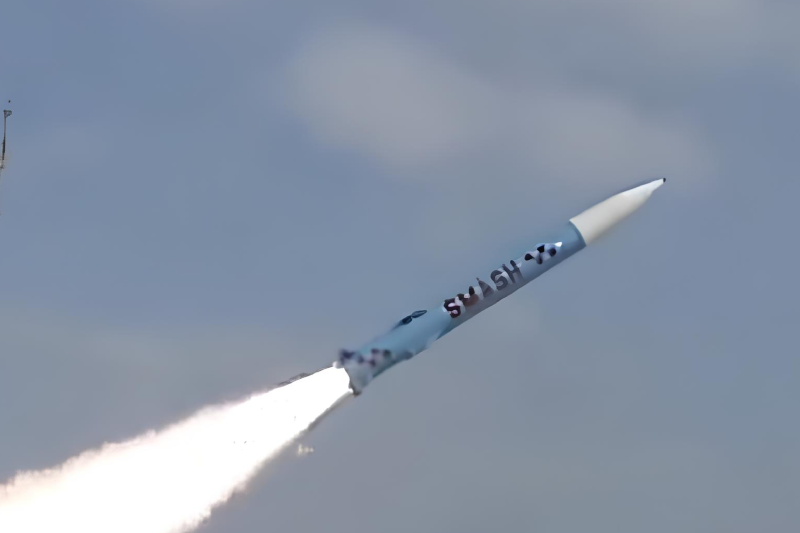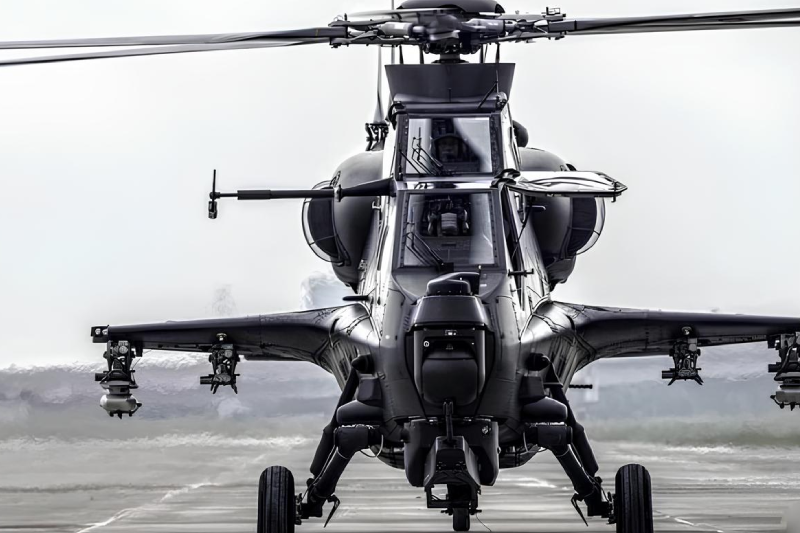China Unveils Swarming-Capable Black Bee Drones
Chinese defense manufacturer Norinco has revolutionized unmanned warfare with the introduction of advanced China Black Bee drones capable of operating in coordinated swarms for multiple mission types. These innovative China Black Bee drones represent a significant leap forward in autonomous combat technology, featuring modular designs that enable reconnaissance, targeting, and direct engagement capabilities while operating independently or as part of larger drone formations.
State-owned defense giant Norinco has developed the Black Bee drone system with unprecedented modular capabilities that transform how unmanned systems conduct military operations. The modular design philosophy allows individual drones to be configured for specific mission requirements, whether conducting surveillance, target designation, or direct attack operations.
This flexibility represents a fundamental advancement in drone technology, enabling military forces to rapidly adapt their unmanned assets based on evolving battlefield conditions. The modular approach reduces logistical complexity while maximizing operational versatility across diverse combat scenarios.
The Black Bee drones demonstrate sophisticated swarm coordination abilities, operating collectively to achieve mission objectives through distributed autonomous decision-making. These systems can fly independently to predetermined locations and coordinate ammunition delivery without requiring continuous human control.
This autonomous coordination capability enables the drones to adapt to changing battlefield conditions while maintaining mission focus. The swarm intelligence allows individual units to compensate for losses while continuing coordinated attacks against designated targets.
Chinese state television CCTV broadcast compelling demonstrations showing multiple Black Bee drones launching simultaneously, each carrying six small live ammunition rounds. The demonstration featured coordinated attacks against simulated enemy positions, highlighting the system’s combat effectiveness.
The television broadcast revealed the drones’ ability to conduct synchronized strikes while maintaining formation discipline. This public demonstration signals China’s confidence in the technology while potentially serving as a deterrent message to potential adversaries.
China describes the Black Bee swarm strategy as ushering in a new era of “smart combat units” designed to overwhelm enemy air defense systems through numerical superiority and coordinated tactics. This approach leverages quantity and coordination to defeat sophisticated defensive systems that might successfully engage individual targets.
The smart combat concept recognizes that modern air defenses struggle against multiple simultaneous threats arriving from different vectors. By deploying large numbers of coordinated drones, military forces can saturate defensive systems while ensuring mission success through redundancy.
The Black Bee drones incorporate flexible control systems that enable operation across various command structures, from centralized control to fully autonomous operations. This flexibility allows military commanders to adapt drone employment based on communication environments and tactical requirements.
The control systems can transition seamlessly between different operational modes, ensuring mission continuity even when facing electronic warfare or communication disruption. This adaptability proves crucial for maintaining effectiveness in contested electromagnetic environments.
The modular design enables rapid reconfiguration of Black Bee drones for different mission types without requiring extensive maintenance or specialized equipment. Reconnaissance modules provide surveillance capabilities while weapon modules enable direct engagement of identified targets.
This modularity extends to sensor packages, communication systems, and payload configurations, allowing military forces to optimize drone capabilities for specific operational requirements. The standardized modular approach reduces training requirements while maximizing operational flexibility.
The swarm concept specifically targets the mathematical limitations of traditional air defense systems, which struggle to engage multiple simultaneous targets effectively. Black Bee swarms can deploy dozens or hundreds of individual units to saturate defensive capabilities.
This numerical approach forces enemy air defenses to prioritize targets while allowing some swarm elements to penetrate defensive coverage successfully. The strategy transforms air defense from a technological challenge into a mathematical equation favoring the attacking swarm.
Black Bee drones demonstrate advanced autonomous navigation capabilities, enabling independent operation without GPS or external guidance systems. These drones can navigate using onboard sensors while maintaining swarm coordination through mesh networking.
The autonomous target engagement capability allows individual drones to identify and attack designated targets without human intervention. This automation reduces reaction times while enabling coordinated attacks that maximize effectiveness against time-sensitive targets.
The Black Bee development follows established patterns in Chinese defense innovation, where domestic companies develop advanced systems that compete with or exceed international standards. This approach demonstrates China’s growing technological sophistication in unmanned systems development.
Recent reports indicate Chinese companies have also developed versions of other advanced drone systems, including copies of American V-BAT technology from Shield AI. This pattern suggests systematic efforts to achieve technological parity or superiority across multiple unmanned platforms.
The Black Bee demonstration signals China’s serious investment in swarm drone technology that could influence international military balance. Other nations may need to develop countermeasures or similar capabilities to maintain defensive parity.
The technology’s potential export to allied nations could spread advanced swarm capabilities globally, fundamentally changing how military forces approach air defense planning. International defense communities are likely analyzing these demonstrations carefully to assess implications for their own security.
China’s investment in swarm drone technology suggests continued development toward larger, more sophisticated systems capable of conducting complex multi-mission operations. Future iterations may incorporate artificial intelligence advances that enhance coordination and decision-making capabilities.
The modular design philosophy provides foundations for scaling the technology across different platform sizes and mission requirements. This approach enables continuous improvement without requiring complete system redesign for capability enhancements.
Also read this: China Navy Commissions Two Advanced Type 052DM Destroyers
Black Bee swarms offer military commanders new tactical options for engaging enemy forces while minimizing risk to personnel and expensive equipment. The low cost per unit enables acceptable loss rates while maintaining mission effectiveness through redundancy.
The technology proves particularly valuable for engaging heavily defended targets where traditional attack methods might prove prohibitively expensive or risky. Swarm attacks can suppress or overwhelm defenses while enabling follow-on operations by conventional forces.
China’s Black Bee drone development represents a significant advancement in autonomous swarm technology that could reshape modern warfare concepts, demonstrating how innovative engineering and strategic thinking can create asymmetric advantages through coordinated unmanned systems that challenge traditional defense paradigms while establishing new standards for autonomous combat capabilities.
Join us on Facebook, Twitter, YouTube, Instagram, and TikTok for real-time coverage of defense events worldwide.
Discover more from International Defence Analysis
Subscribe to get the latest posts sent to your email.












